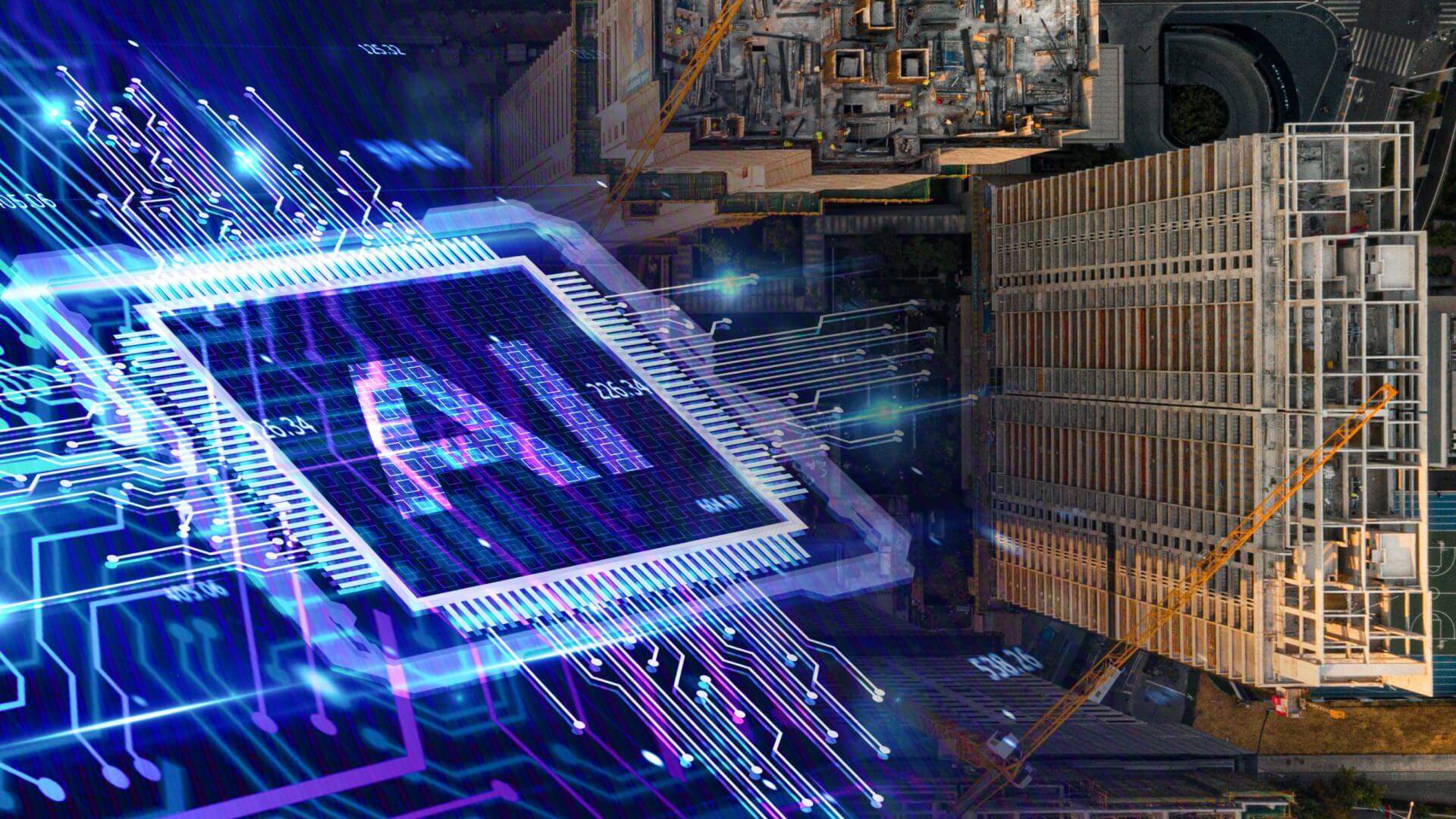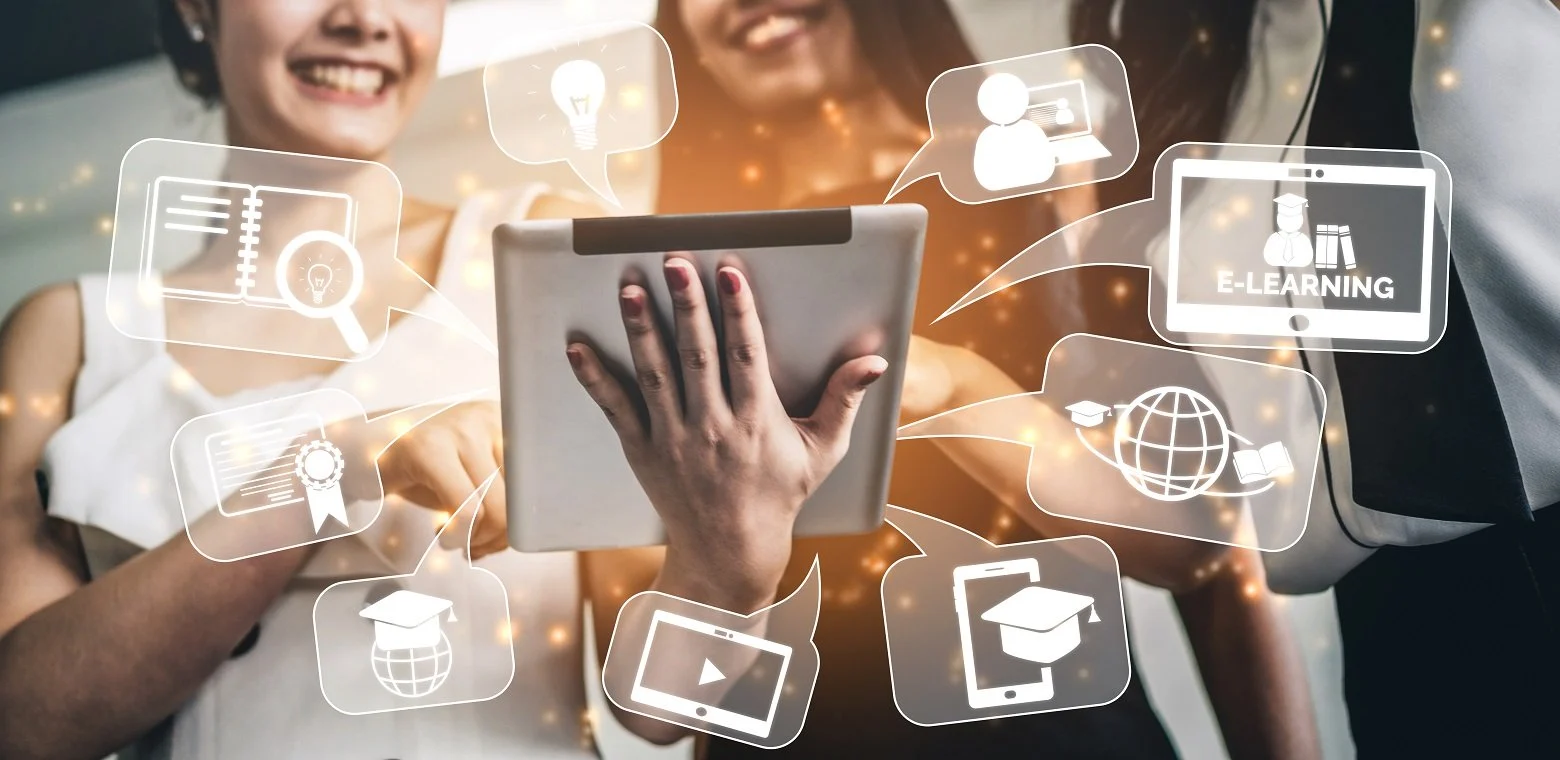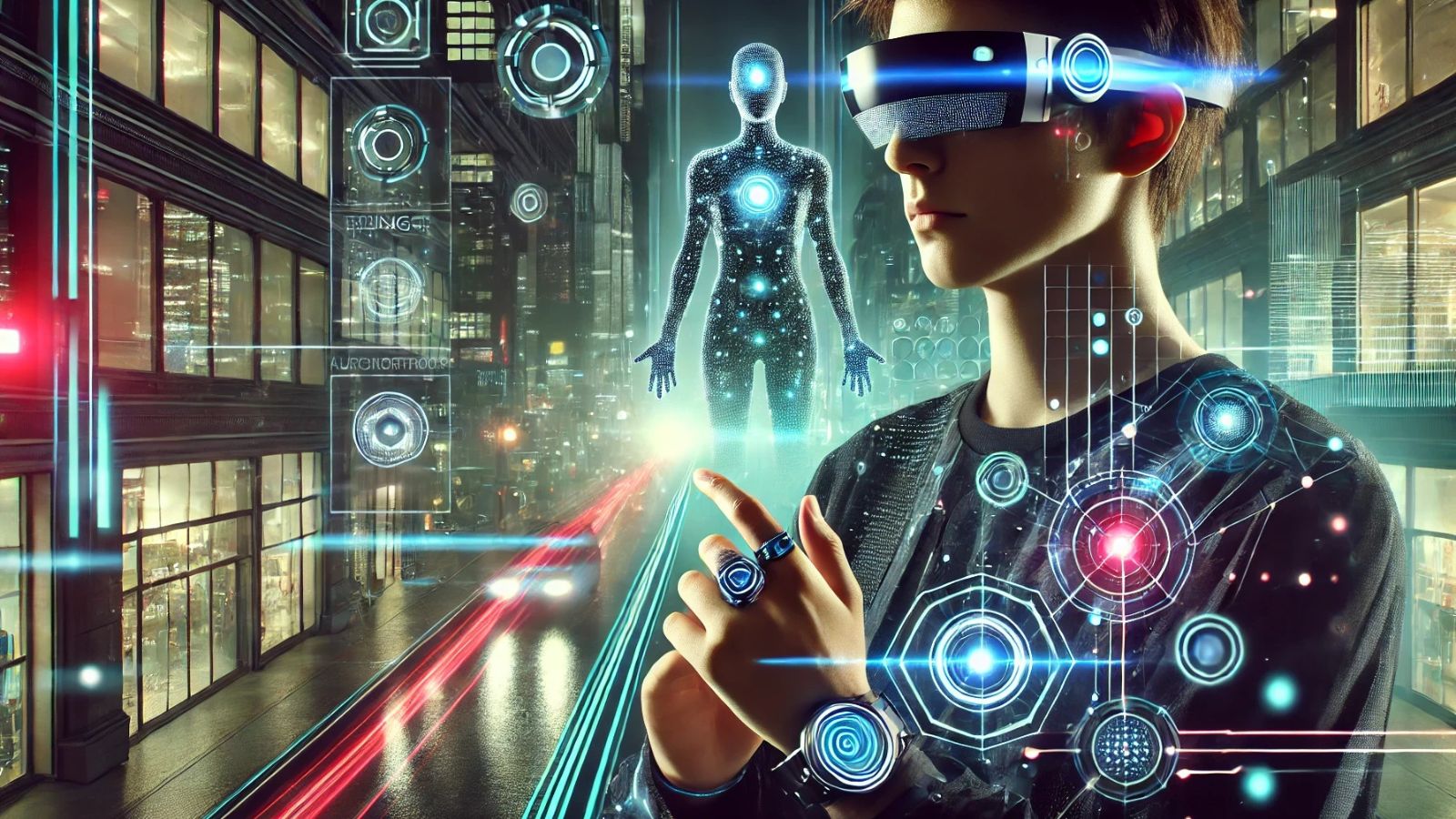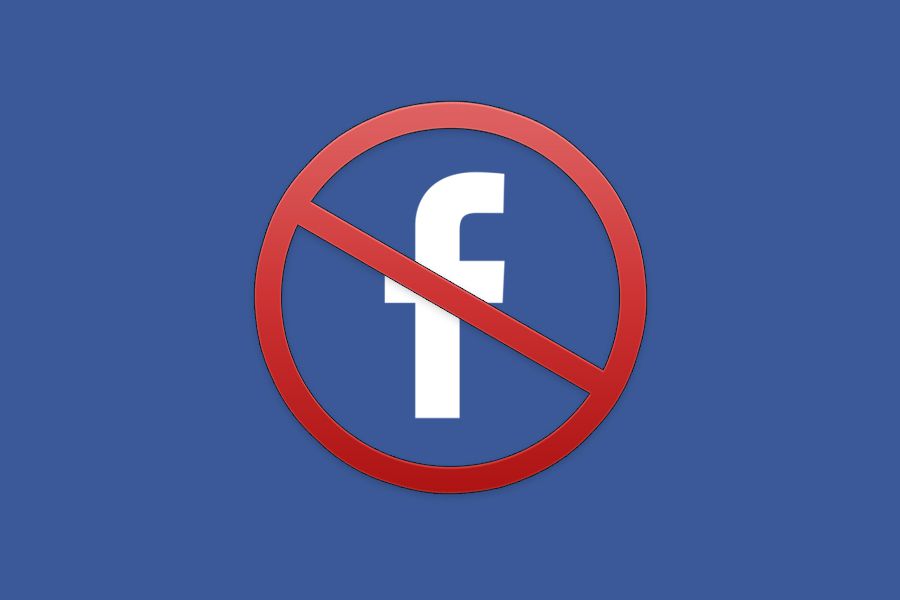The Future of Technology: Trends Shaping Our Digital Tomorrow

Technology has always been a driving force of human progress. From the invention of the wheel to the development of the internet, each leap forward has reshaped how people live, work, and interact. Today, we stand at another pivotal moment in history as digital innovation accelerates at an unprecedented pace. The future of technology is not about isolated gadgets or single-use solutions; it’s about the interconnected systems, intelligent platforms, and global accessibility that will define the coming decades. This article explores the most significant trends shaping the world of technology and how they may influence our daily lives.
Artificial Intelligence and Machine Learning
Artificial intelligence (AI) is no longer a futuristic concept confined to science fiction. It has become a fundamental part of daily life, powering everything from virtual assistants like Siri and Alexa to recommendation engines on Netflix and Spotify. Machine learning (ML), a subset of AI, allows systems to learn and improve from experience without explicit programming.
The next wave of AI innovation will focus on general intelligence, enabling machines to handle tasks across diverse domains. We are already witnessing its impact in industries like healthcare, where AI-powered algorithms detect diseases earlier than human doctors, and finance, where fraud detection systems prevent billions of dollars in losses annually.
However, as AI grows, ethical questions arise. Who owns the data that AI learns from? How do we prevent algorithmic bias? And what happens to jobs as automation takes over routine tasks? Balancing innovation with responsibility will be a central challenge for businesses, governments, and individuals alike.
Cloud Computing and the Edge
Cloud computing has revolutionized the way organizations store and process data. Instead of maintaining massive physical servers, companies now leverage remote cloud services to reduce costs and improve scalability. But as data demand surges—fueled by video streaming, IoT devices, and AI—there is a growing need for edge computing.
Edge computing processes data closer to its source rather than sending everything to a central server. This reduces latency, improves speed, and enhances security. For example, autonomous vehicles rely on edge computing to make split-second decisions, and factories use it to monitor machinery in real time.
In the near future, hybrid systems that combine cloud and edge computing will dominate, providing flexibility and resilience for both businesses and consumers.

The Internet of Things (IoT)
IoT refers to the growing network of physical devices connected to the internet, from smart thermostats to wearable fitness trackers. These devices collect and share data, enabling smarter homes, cities, and industries. Analysts estimate that by 2030, there could be more than 25 billion IoT devices worldwide.
In the consumer space, IoT is making life more convenient. Smart refrigerators can suggest recipes based on their contents, and connected home security systems provide peace of mind while traveling. On a larger scale, IoT contributes to sustainability efforts by enabling smart grids that optimize energy usage and smart agriculture that reduces water waste.
However, IoT also introduces security challenges. Each connected device is a potential entry point for cyberattacks, making cybersecurity innovations critical to IoT’s safe adoption.
5G and Beyond
The rollout of 5G networks is transforming connectivity. With faster speeds, lower latency, and greater capacity, 5G opens the door for innovations such as augmented reality, telemedicine, and fully autonomous vehicles. Businesses can leverage 5G for real-time analytics, remote machinery control, and enhanced collaboration.
Looking ahead, research is already underway on 6G, which is expected to push boundaries even further with terahertz communication, ultra-low latency, and integration with AI. Such advancements could make concepts like holographic communication and immersive virtual worlds commonplace.
Extended Reality (XR): AR, VR, and the Metaverse
Virtual reality (VR) and augmented reality (AR) are transforming entertainment, education, and work. VR headsets provide immersive gaming experiences and training simulations, while AR overlays digital information onto the physical world, aiding in navigation, retail, and medical procedures.
These technologies converge in what is often called the metaverse—a persistent, shared digital universe where people can socialize, work, and play. While the metaverse remains in its early stages, major companies like Meta, Microsoft, and Apple are investing heavily in building virtual environments.
The challenge will be ensuring accessibility, interoperability between platforms, and ethical governance, so the metaverse does not become a fragmented or exploitative digital ecosystem.
Cybersecurity in a Hyperconnected World
As technology becomes more integrated into everyday life, cybersecurity is more critical than ever. Cyberattacks are increasing in sophistication, targeting individuals, corporations, and even governments. Ransomware, phishing, and identity theft are just the tip of the iceberg.
To combat these threats, advanced security solutions are emerging. AI-driven security platforms can detect suspicious behavior in real time, while blockchain offers tamper-proof data management. Additionally, new approaches like zero-trust architecture are being adopted, where no user or device is automatically trusted inside a network.
As threats evolve, cybersecurity will remain a cornerstone of digital trust.
Green Tech and Sustainability
Technology is often blamed for contributing to climate change, given the massive energy consumption of data centers, cryptocurrency mining, and global manufacturing. However, technology is also providing solutions. Renewable energy innovations, smart grids, and energy-efficient chips are helping reduce the carbon footprint.
Companies are increasingly embracing green tech to meet regulatory standards and consumer expectations. Innovations in battery storage, electric vehicles, and sustainable materials are reshaping industries. For example, tech giants like Google and Microsoft are committing to carbon neutrality by 2030, leveraging AI to optimize energy usage in their massive data centers.
Human-Technology Collaboration
One of the most exciting aspects of future technology is the potential for deeper collaboration between humans and machines. Rather than replacing humans, advanced technologies are augmenting human capabilities. In medicine, robotic surgery enhances precision; in manufacturing, collaborative robots (“cobots”) work alongside humans to increase efficiency; in creative fields, AI tools assist artists, musicians, and writers in producing innovative content.
The key will be ensuring that this collaboration enhances human potential rather than diminishing it. Education and reskilling programs will play a crucial role in preparing the workforce for this new reality.

Conclusion: A Digital Horizon
The future of technology promises incredible possibilities, but it also comes with challenges. AI, IoT, XR, and 5G are set to redefine how we live and work, while green tech and cybersecurity will determine how sustainable and secure that future will be. Success will depend not just on technical breakthroughs but on thoughtful governance, ethical practices, and inclusivity.
As we look ahead, one truth remains: technology is not an end in itself but a tool. Its value depends on how humanity chooses to use it—whether to empower individuals, connect communities, and solve global challenges, or to deepen divides and exacerbate risks. The choices made today will shape the digital tomorrow for generations to come.








